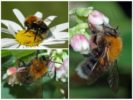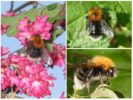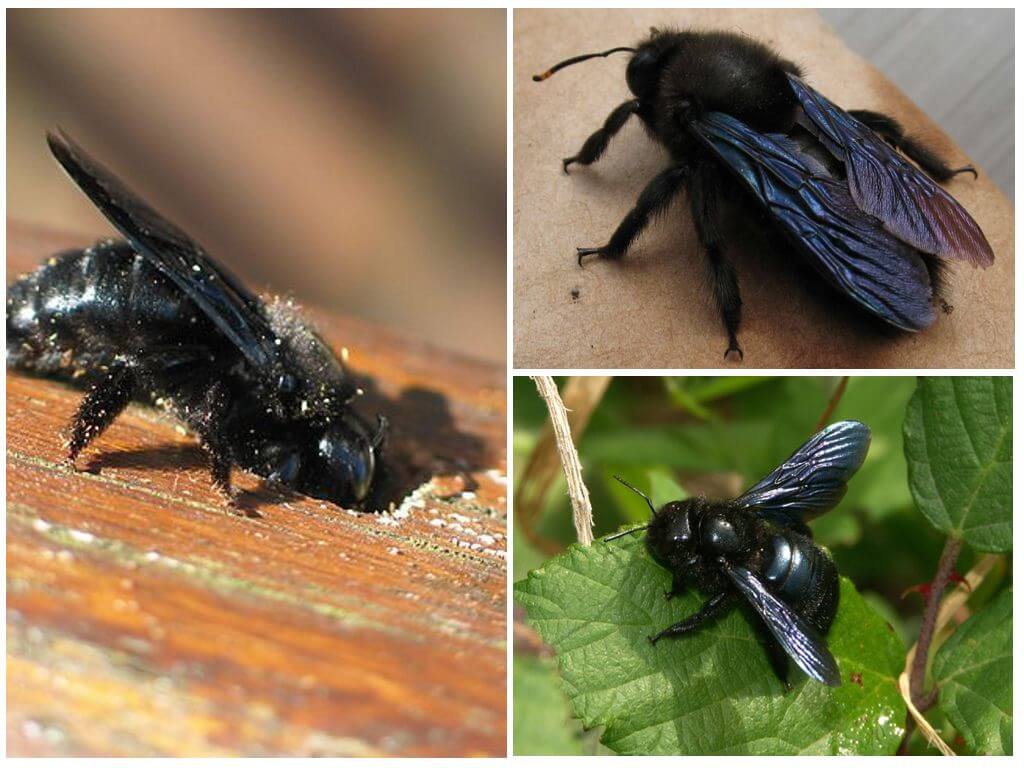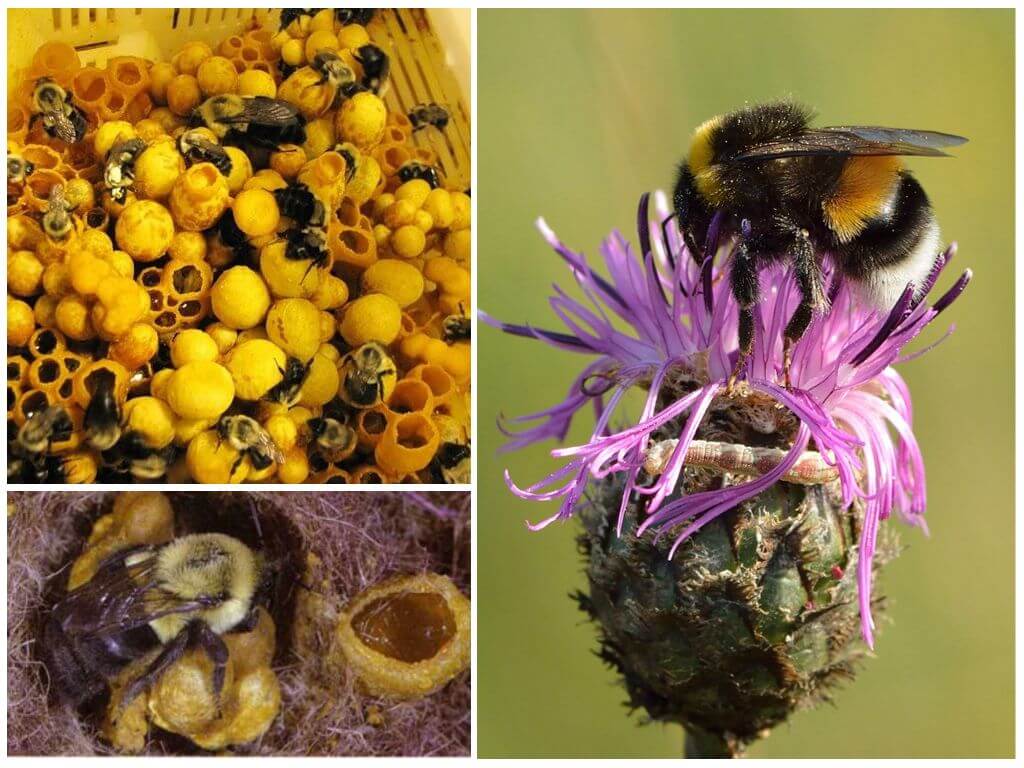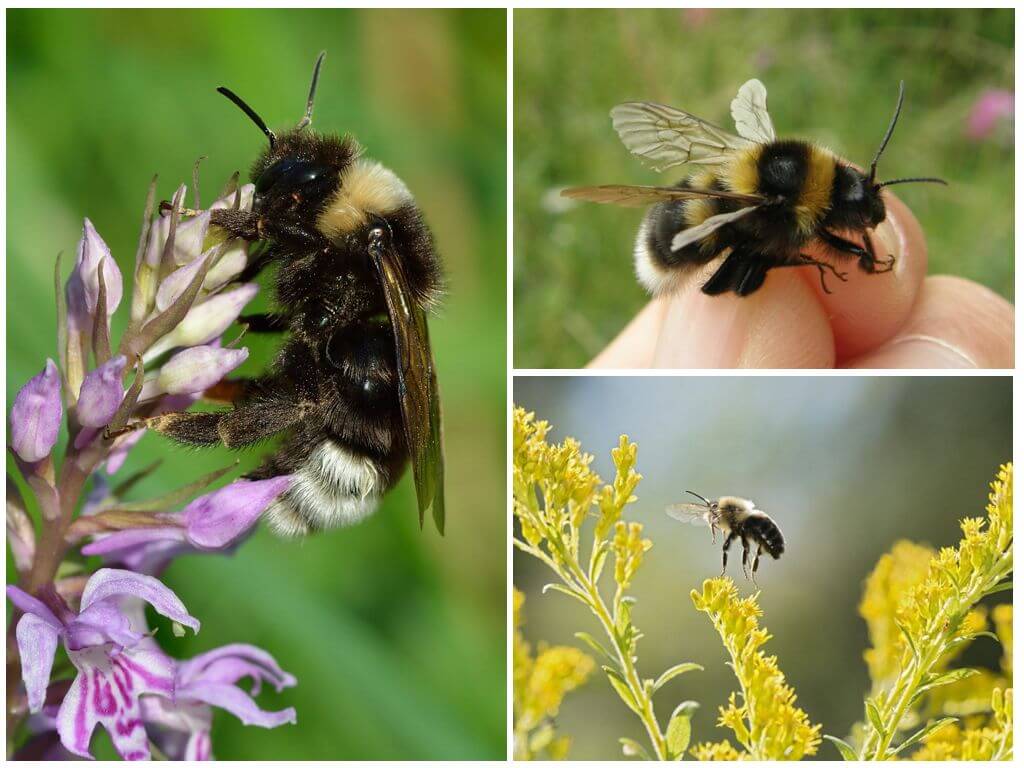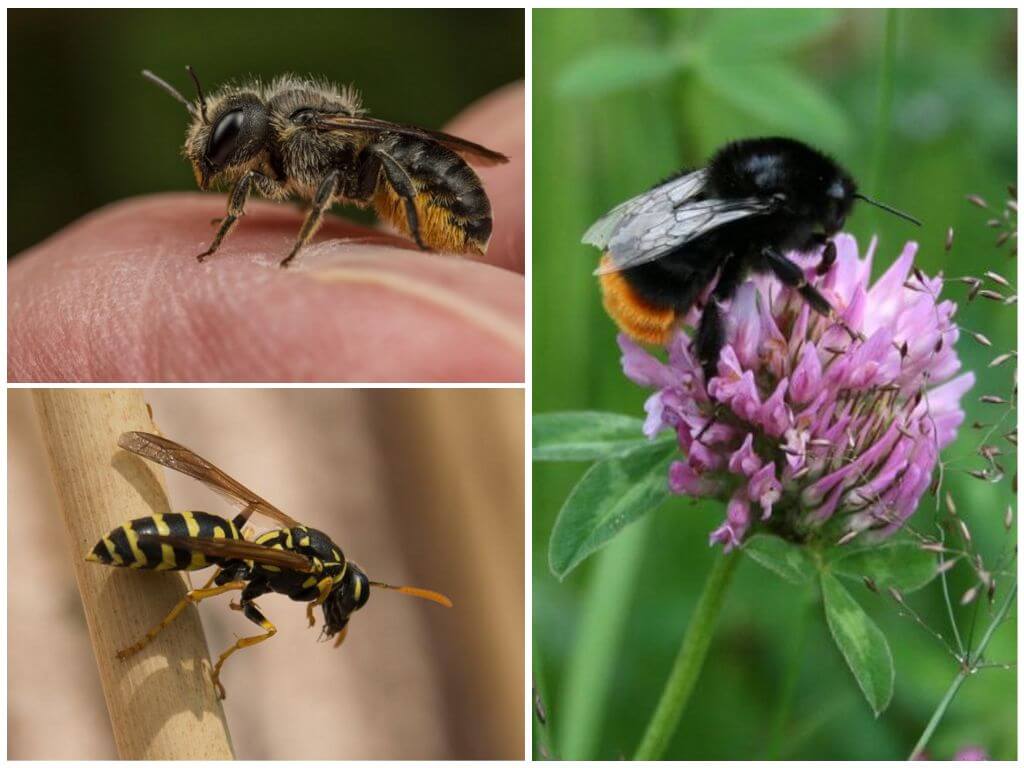- City bumblebee
- City bumblebee
The city bumblebee is an arthropod insect, the name of which came from the wheezing and buzzing sounds that it made during the flight. Even in ancient times, the beautiful flower pollinator was called as “bumblebee”, with the passage of time the hairy flyer was rephrased into the “bumblebee” familiar to us. What features the insect has, what it eats and where it lives, the answers to these and other questions can be found in this article.
Description
Urban bumblebee is an insect of bright color with red hairs on the back. The length of his body varies from 9 to 22 mm. Moreover, females are much larger than males. The smallest sizes differ working individuals (from 9 to 5 mm).
Interesting!
But, despite the small size, representatives of this type of flower pollinator are able to lift a load identical to their own weight.

On a shaggy, oval-shaped body there is a pair of small transparent wings, consisting of two synchronously moving halves and 3 pairs of limbs. Moreover, the hind legs are equipped with a special basket designed to collect pollen. On an elongated head there are eyes uncovered by villi, a pair of antennae and powerful jaws, with which urban bumblebee easily cuts plant fibers.
To collect nectar, the city bumblebee uses a special proboscis, the length of which can reach 7-19 mm. The owners of a smooth sting are exclusively females, using a protective tool repeatedly. The males have genitals at the sting site.
Nutrition
City bumblebees collect pollen and nectar from various plants. Food for the larvae is not only fresh nectar, but also made by adults honey.
On a note!
Honey of city bumblebee has a liquid consistency and a lighter color in comparison with bee. In addition, it is less sweet and fragrant.
Habitat
You can meet a city bumblebee almost everywhere, starting from Western Europe and ending with the Far East. Representatives of this species also live in China and Taiwan. Usually an insect nests in hollows, birdhouses or various wooden buildings, which is why it is also called a hollow bumblebee.

This representative of the bee family is one of the most cold-resistant. Dislike for tropical conditions is explained by the peculiarities of insect thermoregulation.
Interesting!
The temperature indicators of the body of a bumblebee can reach 40 degrees, which is explained by the rapid contraction of its pectoral muscles. This is what causes the formation of buzzing sounds.
The process of reproduction and life expectancy
The process of reproduction of the insect includes 4 stages: egg, larva, pupa and imago. With the arrival of heat, the female fertilized in the fall begins to actively engage in the construction of the nest. There she lays about 1.5 dozen eggs, of which after 3-6 days larvae are born. For some time, the mother takes care of the young offspring, supplying them with the necessary food.
Two weeks later, the larvae begin to pupate, which takes them from 10 to 18 days. After that, young bumblebees appear, whose life expectancy depends on the place occupied in the bumblebee society. So working individuals live no more than 15 days, males - 2 times more, dying almost immediately after fertilization.Long-livers are females, whose life expectancy may be about a year.
